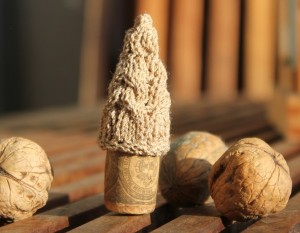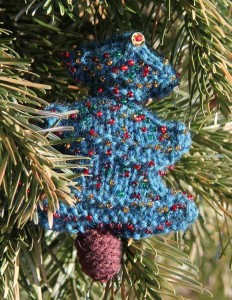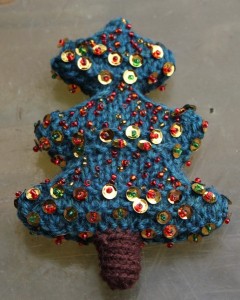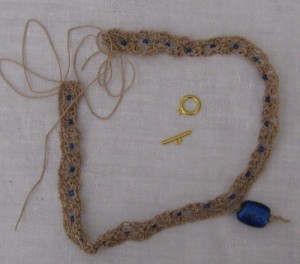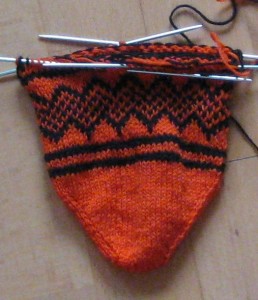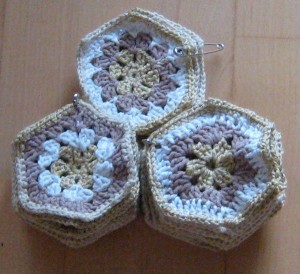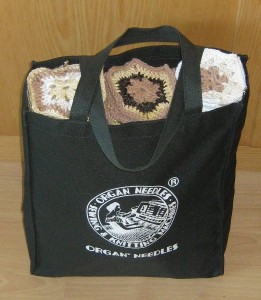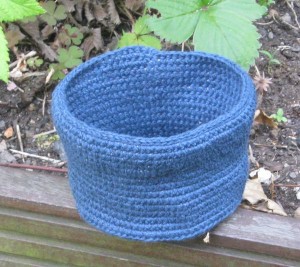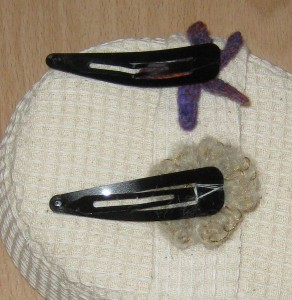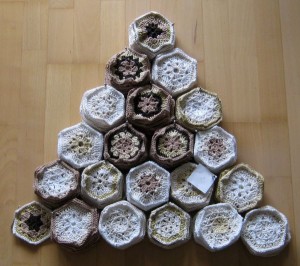Testlace…
Jetzt habe ich euch zwar die Resteverwertung der „Dream“ Wolle von Tahki Yarns gezeigt, aber nicht das „Hauptwerkstück“. Wie nachlässig von mir…
Now I did show you what I did with the remnants of the „Dream“ yarn from Tahki Yarns, but never what was the „Main work piece“. How negligent of me….
Now here they are. 🙂
Diese Spitzenhandschuhe sind ein Nebenprodukt einer Buchbesprechung. Ich bekam Spitzenstricken – ABC der Handarbeiten als Rezensionsexemplar bekommen und konnte das natürlich nicht beim Lesen belassen.
Those lace gloves are a byproduct from a book review. I got Spitzenstricken – ABC der Handarbeiten from the editor for the review. But I could not restrict myself to reading.
So habe ich mich an das Modell „Perfekt für Jeans“ gemacht. Das Ergebnis gefällt mir, der Weg dorthin war steinig: Es gibt keine Maschenprobe und die Garnmengenangaben in Gramm helfen ohne Angaben zur Art des Garns nur eingeschränkt weiter. So habe ich erst mal ein anderes Garn verwendet, das reichte nicht. Und die Nadelstärke mußte ich auch wechseln, um die Größe hinzubekommen. Also viel trennen. Aber das Ergebnis entschädigt zum Glück. Auch wenn ich nach wie vor nicht weiß, ob ich das Muster zu gestrickt habe, wie es gehört… denn man muß es jede Runde um eine Masche verschieben und es wird nicht ganz so klar beschrieben, wie man dann genau ab wo zählen soll…
So I picked the fingerless gloves „Perfekt für Jeans“. I like the result, though the way was not without obstacles. The instrucion has no gauge and the amount of yarn is only given in gramms without any further information about yarn weight. So I had to frog my first version and restart with a smaller needles size because it was to big. Then I had to frog again, when it became clear it wouldn’t be enough yarn. So lot of frogging… but the result does compensate. Even though I am still not sure if the pattern is intended like that. Since you are knitting in the round you have to shift one stitch every row and the instructions are not very clear where counting starts….
(Das Muster unterscheidet sich übrigens deutlich von allen Spitzenmustern die ich bisher so gestrickt habe. Und es ist sehr interessant, zumal es auch automatisch elastisch wird.)
(The pattern is very different from all lace patterns I had done so far. It is very interesting, and it creates an elastic fabric. )


